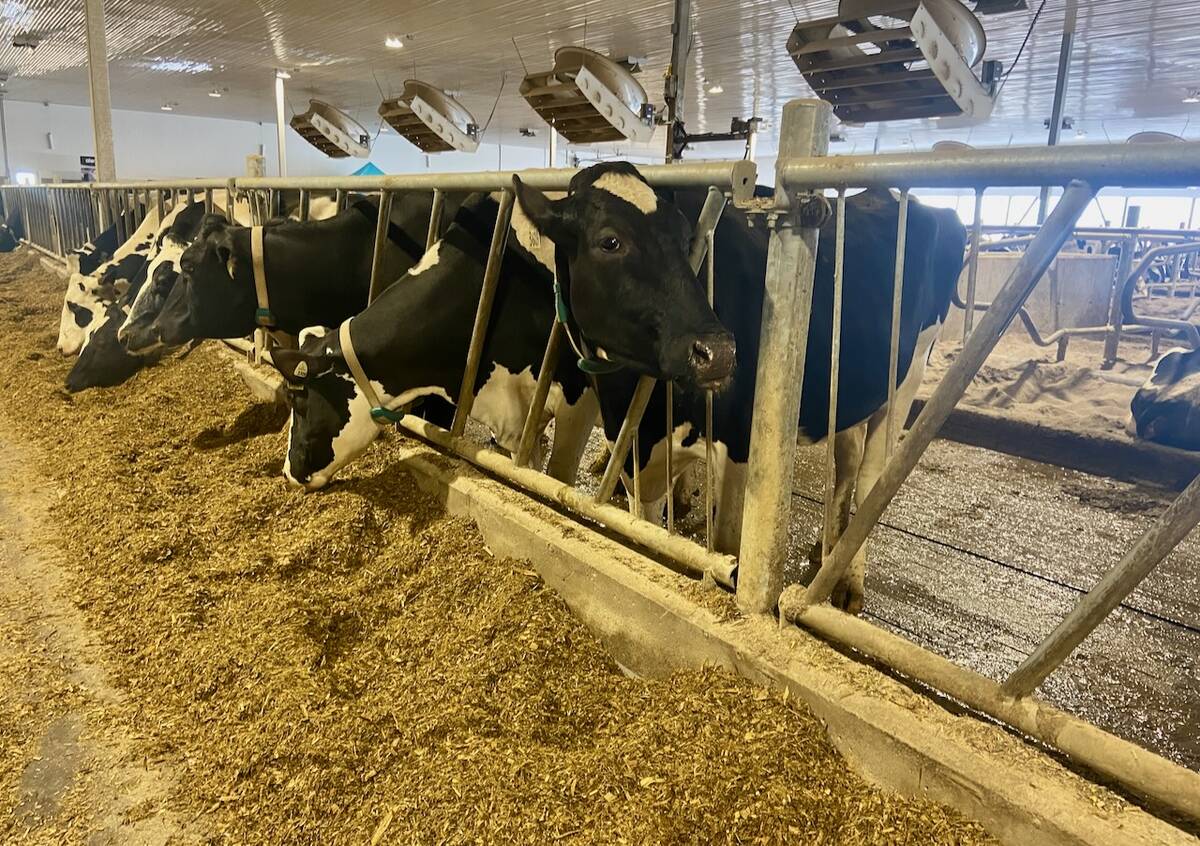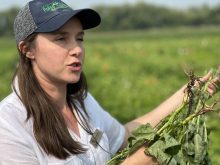After 10 years of comparing high-input, reduced-input and organic cropping systems, one thing is glaringly apparent to Eric Johnson.
“There is just more variability in weed populations in organic systems,” says the Agriculture Canada weed biologist.
One year there might be far less than 100 weeds per sq. metre in his organic plots on the Scott Research Farm near Scott, Sask., while the next year it could exceed 500. Fluctuations in conventional systems are much less pronounced.
“People who go into organic production just have to learn to live with that,” said Johnson, one of the featured speakers at the first Organic Connections conference that drew more than 500 people to Saskatoon in mid-November.
Read Also

U.S. farm group supports supply management
U.S. grassroots farm advocacy group pushing new agriculture legislation that would move towards supply management like Canada has for dairy industry
Keeping that caveat in mind, there are things growers can do to improve their odds of staying near the lower end of the weed pendulum.
Johnson encouraged producers to experiment with narrow row spacing because the best tool for combatting weed infestations is the organic crop itself. More crop means fewer weeds.
When it comes to pre- or post-emergence harrowing, proper setting adjustment is more important than what type of tine, rotary or flex-tine machine is used, he said. The key is to avoid uprooting or burying the crop.
“You want to be able to see a little bit of green out there. You don’t want to get your field completely black or else you’re doing too much crop damage.”
Preliminary research shows that two or three light harrowing passes are better than one aggressive pass.
Growers shouldn’t rely on inter-row cultivation on its own as an effective weed control practice unless it is being used to deal with a late flush of weeds, Johnson said.
He also doused the commonly held belief that vinegar is a useful weed control weapon.
According to experiments at Scott, producers would need to apply 80 gallons of vinegar per acre to get noticeable results and 240 gallons per acre to get good control.
“It’s kind of semi-irrigation when you get up there,” he said.
“We had three booms going and the field smelled like pickles afterwards.”
Brent Blackburn, a farmer from Estevan, Sask., gave the conference a producer perspective.
He said he takes a “divide and conquer” approach to dealing with weeds, splitting his 2,300 acre farm into 40-acre plots because each field may have a different weed problem and each weed requires a unique management approach.
A key starting point in his weed control program is selecting the “biggest, fattest” seed kernels he can find.
“Good seeds mean good roots, which means strong competition for weeds.”
Crop rotation is the next weapon. Blackburn always follows a cash crop with a soil-building crop.
A typical rotation would begin with spring wheat underseeded to yellow blossom sweet clover. The sweet clover is plowed under the following year and in year three he seeds a cash crop such as flax, followed by a green manure crop in year four such as chickling vetch, trapper pea or Indian Head lentils.
Blackburn prefers John Deere’s 9350 double disc drill using six-inch row spacing. He cultivates a day before seeding.
“In between the packer wheels the soil stays nice and loose and crumbly and kind of dry.”
If moisture conditions are right, that tends to give the packed-in seed a one-week jump on weeds.
Despite all his best early-season efforts, it is a constant battle to control wild oats, Canada thistle and quack- grass.
The closest thing he has found to a “magic bullet” is a crop that can outcompete the toughest weeds.
“Fall rye is an organic farmer’s best friend,” Blackburn said.
“It is a saviour crop for us.”
Growing back-to-back crops of fall rye is the only thing he has found to get rid of quackgrass.
To control Canada thistle he turns to alfalfa, which takes three to four years to effectively choke out weed roots in the infected field.
The last speaker of the day had a totally different take on weeds. Wanda Wolf grows entire fields of dandelions and chickweed on her 30-acre organic herb farm near Phippen, Sask., which she sells to the nutraceutical, health food and cosmetics industries.
“It’s all about perception, guys,” she told her skeptical audience.
“Weeds are great.”















